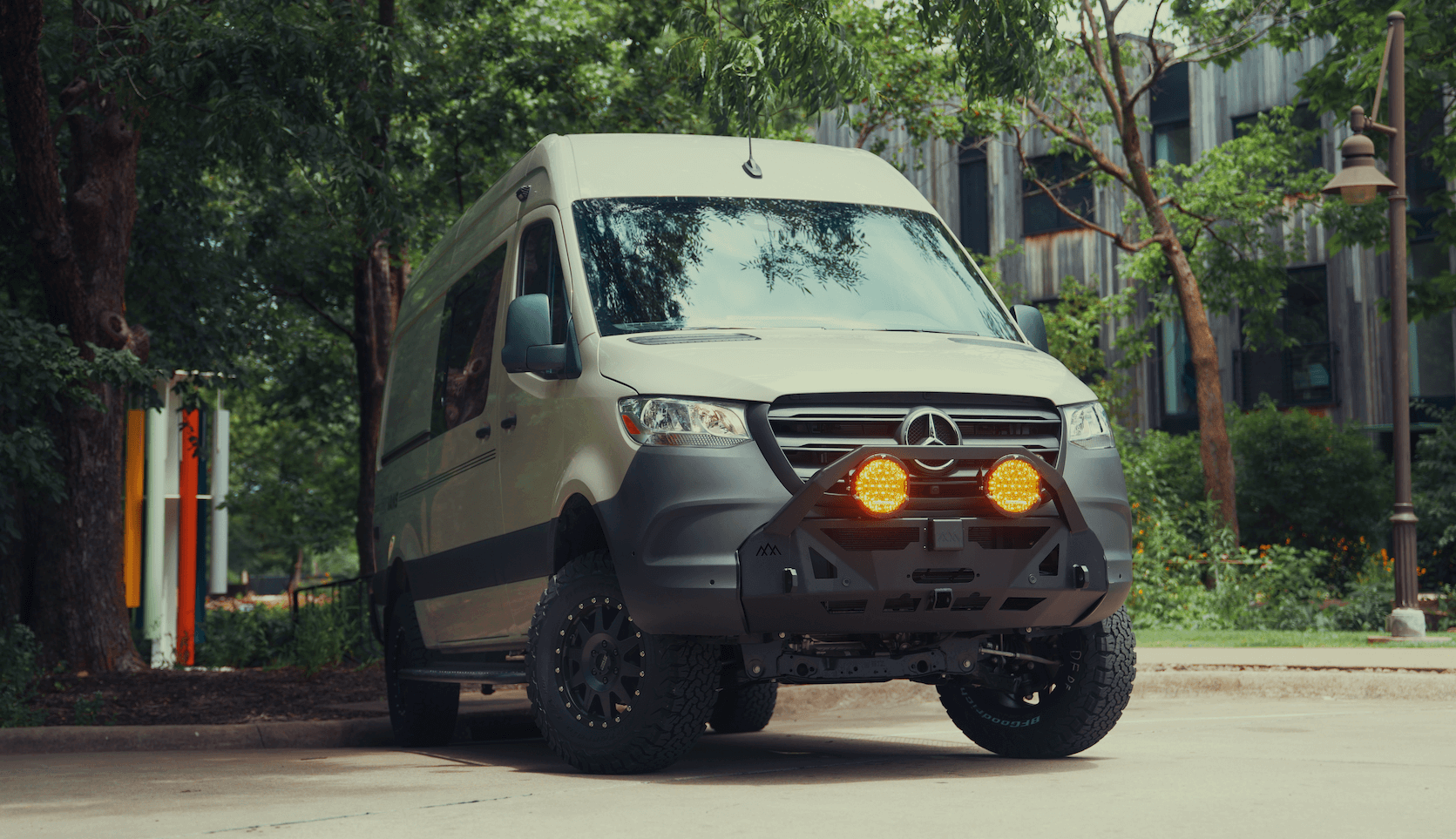Recreational Vans

Typical uses include:
Most quality 12v sockets are rated 10 to 15 amps. Continuous loads should stay within the socket and wiring limits, and the circuit should be fused to protect the conductor, not the appliance. For high draw gear such as large compressors, a dedicated connector like an Anderson style plug or direct ring terminal connection is the safer route.
Even if a socket is labeled 15 amps, the plug, wire gauge, and ambient temperature affect real limits. Long, continuous loads like fridges are fine, but intermittent high surge devices can heat a poor connection. A cool touch at the plug and socket is a quick field check.
Center positive is standard. Reverse polarity risks damage, so test with a multimeter before first use. Sensitive electronics can pick up alternator noise; a clean ground path and quality DC to DC chargers help tame ripple.
Good wiring prevents nuisance shutdowns and protects your batteries. Place the fuse as close to the power source as practical. Use copper conductors sized for both current and distance to control voltage drop. Aim for under 3 percent drop to keep fridges from hitting low voltage cutoffs.
For a single socket up to 15 amps:
These are general guidelines. Heavier wire is never a problem provided it fits the terminals. Crimp with the right die, add heat shrink, and secure the harness to avoid chafe.
Panel mount sockets fit cleanly in cabinetry and bulkheads. Use backing washers on thin panels. In doors or exterior panels, choose weather caps with IP ratings and a drip loop in the wiring to shed water.
Tie accessory sockets to a house battery, not the starter, to avoid no start mornings. A DC to DC charger or smart isolator keeps batteries separated and charges the house battery correctly from the alternator.
A USB charger converts 12v to five volt or higher USB PD profiles. It is efficient for phones and cameras but not for fridges or pumps. Anderson style connectors offer low resistance for higher current gear and are easy to disconnect. The DIN ISO 4165 socket provides a firm lock for bumpy roads. Mix and match connectors by load type, all fed from a fused DC panel.
Inverters are useful for occasional AC only devices but add idle draw and conversion losses. Whenever possible, run native DC from a 12v socket or dedicated DC connector. You will get longer runtime and less heat in tight cabinetry.
Leave space and capacity for future loads. Extra circuits in the fuse block and a few blank switch positions cost little now and save headaches later. Document the layout so service remains simple on the road.
If a fridge shuts off overnight, measure voltage at the socket under load. A big drop points to thin wire or a weak connection. Warm plugs, discoloration, or intermittent power often mean it is time to upgrade the socket and plug to higher quality parts.
Now, if you want this done once and done right, our team designs DC systems that match real travel patterns. We install marine grade 12v sockets, USB PD modules, Anderson outlets, and clean distribution tied to an auxiliary battery and proper charging. From panel layout to cable routing, we build for serviceability and quiet operation on rough roads.
Explore our Recreational vans to see how power planning supports comfort off grid. Ready for a ground up system tailored to your travel style? Start with our Custom built van process, or choose finance friendly platforms on Mainstream vans and we will upfit the DC system to suit.
Tell us about your gear list, expected camps, and mileage. We will blueprint the right 12v socket layout, add dedicated high current connectors where needed, and deliver a safe, efficient system that keeps your essentials powered wherever the road leads.
Ready for clean, reliable 12v power in your van or overland rig? Our team designs and installs fused DC systems, marine grade sockets, and smart distribution that protect your batteries and power your gear without drama. Tell us how you travel and we will blueprint a safe, quiet, and serviceable system that fits your plans and budget.
ADDRESS:
6159 E Huntsville Rd, Fayetteville, AR 72701
PHONE:
(479) 326-9200
EMAIL:
info@ozkvans.com